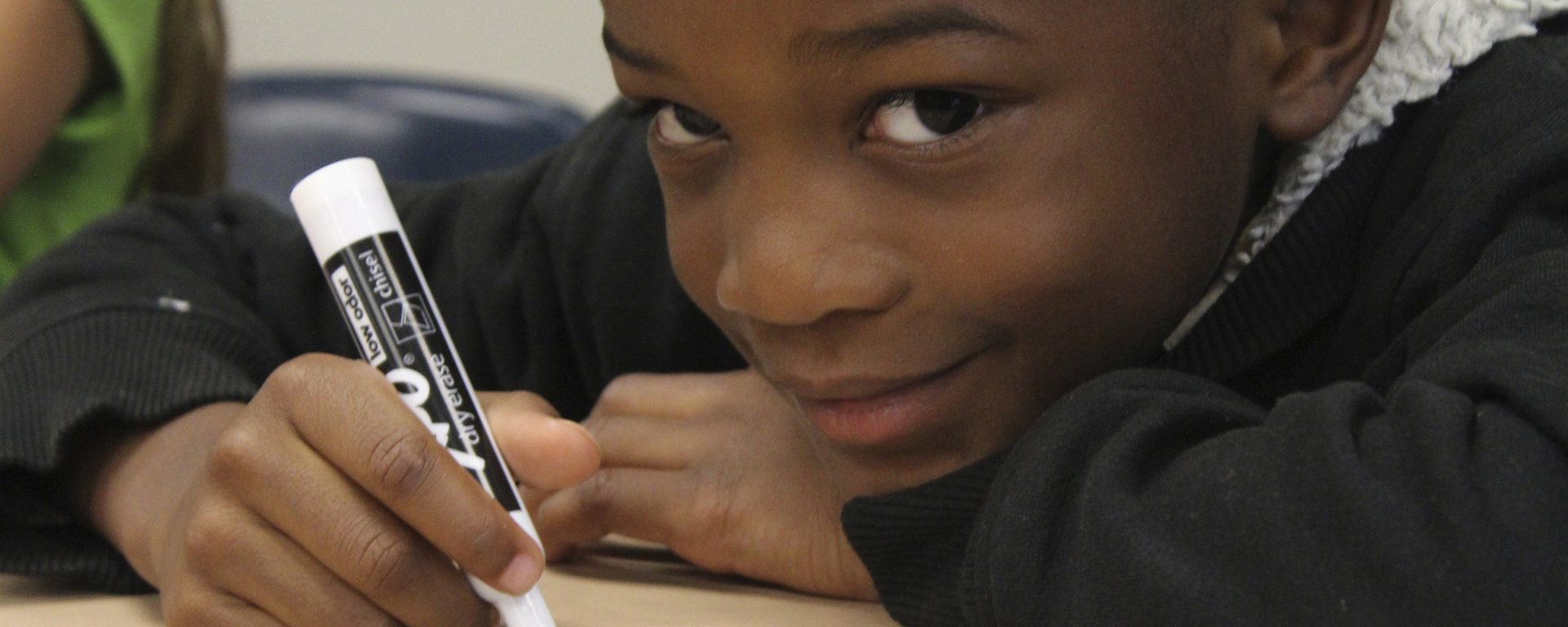When it comes to a child’s education, most parents want to ensure their children are placed in the best environment for them, with the most opportunities to learn. Children learn at different levels, and in different ways. Not every environment is conducive for every child. This is where the Reggio Emilia method for teaching shines. The environment matters. In fact, the Reggio Emilia environment is seen as a key part of the learning process. Read on as we give you a look inside the Reggio Emilia classroom, and why its design is so impactful for young learners.
When Loris Malaguzzi – Founder and Director of the renowned preschools of Reggio Emilia, Italy – set forth his philosophy for education, he challenged educators to see young children as capable and competent learners in a social setting. He stressed that social learning preceded cognitive development. Because of this social learning factor, Malaguzzi focused on the environment playing a key role in the educational process.
In fact, environment is defined as the “third teacher” in the Reggio Emilia approach. This is because it allows children to explore their interests, collaborate with other children openly, and learn from experiences inside and outside the classroom. The Reggio Emilia classroom is very welcoming and aesthetically pleasing. Teachers draw inspiration from the community, their students’ cultures, nature, and fill the room with natural, colorful, and useful materials – from musical instruments to seashells. Reggio-inspired classrooms are designed to encourage relationships, communication, and collaboration through play. Classroom materials are thoughtfully incorporated to encourage creativity, problem-solving work, experimentation, exploration and open-ended play.
An open environment for learning also creates flexibility, giving teachers the space to be more responsive to the individual needs of each child in the classroom. When a child is given the chance to explore something on her own – particularly in nature – she can take the time to learn and understand more about the object or concept. The teacher may ask the curious student to draw a picture to describe this object, or act out a feeling it provokes using pretend play. The possibilities are endless when you open the door to open-ended exploration, and discover the educational power of play.
This alternative-style classroom is set up in a way that reflects the culture that the child living in. Elements of light, transparency, and natural materials are a big focus of the aesthetic design within the classroom. Children are given access to learning materials (such as books, crayons, and blocks), but the layout and style of the class is built around the notion that children should be inspired to direct their own learning. There is also some open space for children to explore their hundred languages, and to allow free movement where it is desired – such as dancing, making music, or playing pretend. There are no assigned seats in a Reggio Emilia classroom. This concept encourages organic opportunities for exploration and connection, and sparks a real joy in learning for young students.
According to the North American Reggio Emilia Alliance, in a Reggio classroom, “You will not find commercial posters and plastic furniture bought from catalogs. What you will find is documentation of the learning experiences and interactions of the children, teachers, and families as well as evidence of the identity of the community where the center or school is located.”
Riverside Magnet School in East Hartford, CT is an early childhood magnet school that applies the world-famous Reggio Emilia model. Our program focuses on creating a nurturing and motivating environment for all children to learn, from pre-K through grade 5.
If you would like to learn more about Riverside Magnet School’s Reggio Emilia environment and program, you can sign up to attend a parent information session here or apply today!
Goodwin University is a nonprofit institution of higher education and is accredited by the New England Commission of Higher Education (NECHE), formerly known as the New England Association of Schools and Colleges (NEASC). Goodwin University was founded in 1999, with the goal of serving a diverse student population with career-focused degree programs that lead to strong employment outcomes.

